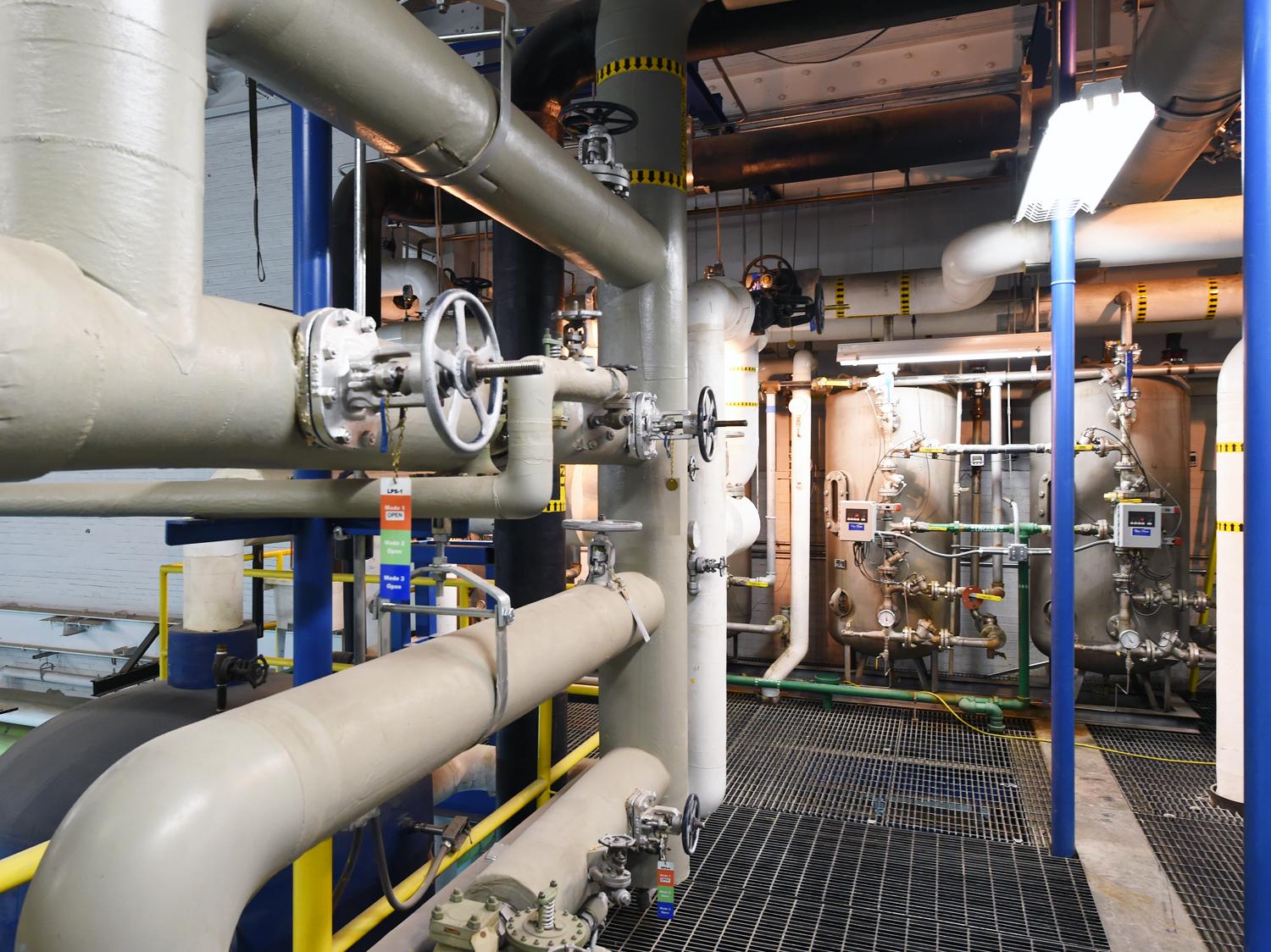At least 30% of Iran's water and wastewater infrastructure, including a dilapidated supply network that is a major source of water loss due to leakages, require repairs, the caretaker energy minister, Sattar Mahmoudi, said this week.
“To rebuild [water and wastewater] infrastructure, comprehensive planning and major funds are imperative,” Mahmoudi was quoted as saying by ISNA on the sidelines of a ceremony to launch the second phase of a wastewater treatment plant in Karaj, the capital of Alborz Province.
According to reports, at least 30% of Iran’s potable water are wasted in the aging water supply network. Experts also underline the residential use of drinking water for other purposes as another reason behind the high wastage.
Stressing that Iran is located in one of the world’s most water-stressed regions, Mahmoudi added that subscribers should avoid the profligate use of water.
“Water reservoirs must be used based on the [prioritized] needs and no province should be sacrificed for the benefit of another,” he said without further elaboration.
Some environmentalists have proposed a scheme to import or desalinate water to address shortages, particularly in the central regions of Iran.
A plan to transfer water from the Caspian Sea in the north to the drought-stricken Semnan Province is reportedly awaiting the approval of the Department of Environment.
Emphasizing the critical water scarcity in Semnan, former energy minister, Hamid Chitchian, said in August the use of water from the northern Caspian Sea would help tackle the growing drought in the region.
However, since its presentation, the proposal has raised environmental concerns. Mohammad Darvish, who heads the Public Participation Office at DOE, believes the project will result in large-scale deforestation in Hyrcanian Forest that borders the southern shores of Caspian Sea.
Another disputed plan that has been the cause of wide disagreement in Khuzestan and Chaharmahal-Bakhtiari provinces is the Beheshtabad scheme that aims to transfer water from a branch of Karoun River in Chaharmahal-Bakhtiari to Isfahan Province.
Officials and experts have warned about the adverse impact of the plan on groundwater resources and aquifers.
Karoun is Iran's only navigable river. It rises in the Zardkouh mountains in Chaharmahal-Bakhtiari Province before passing through the capital of Khuzestan, Ahvaz, and then emptying into Arvandroud river.


